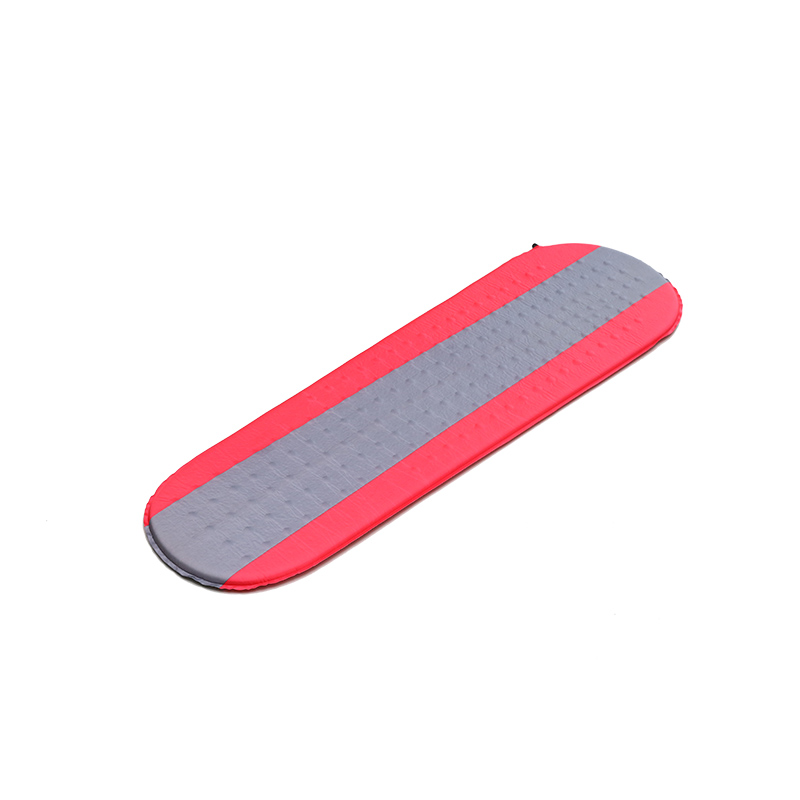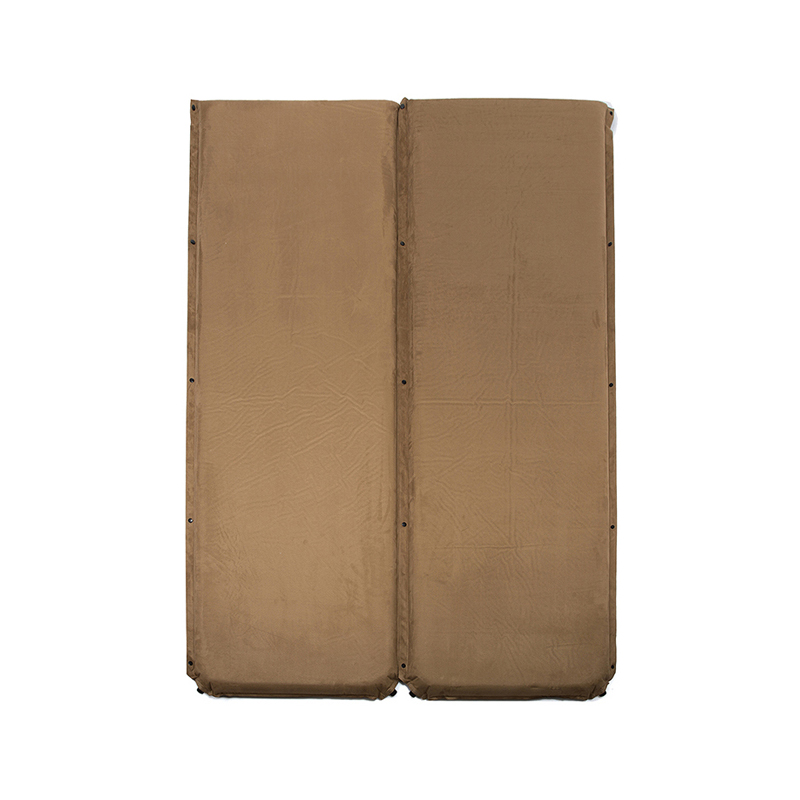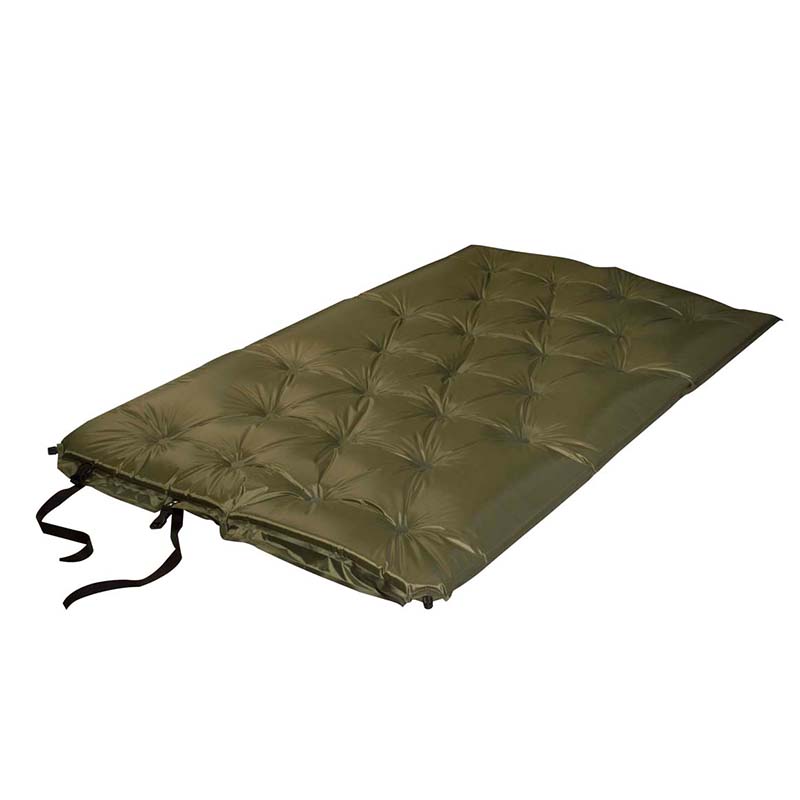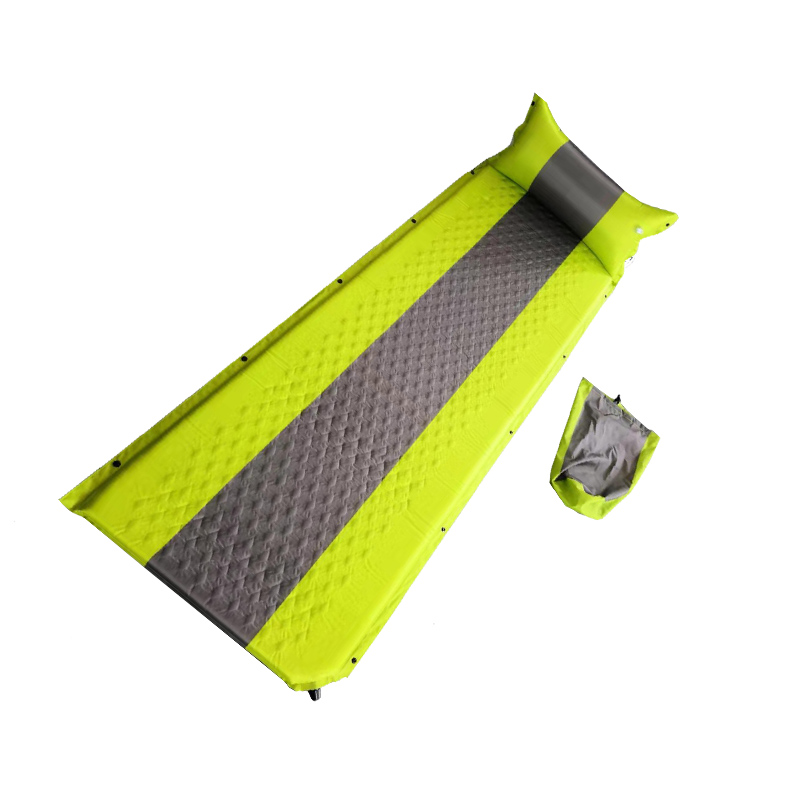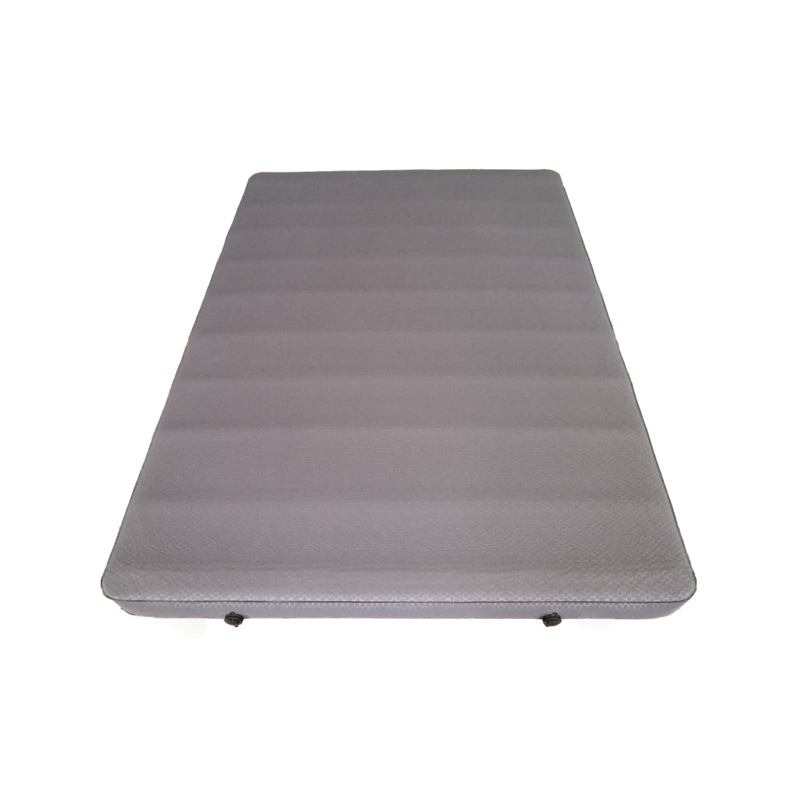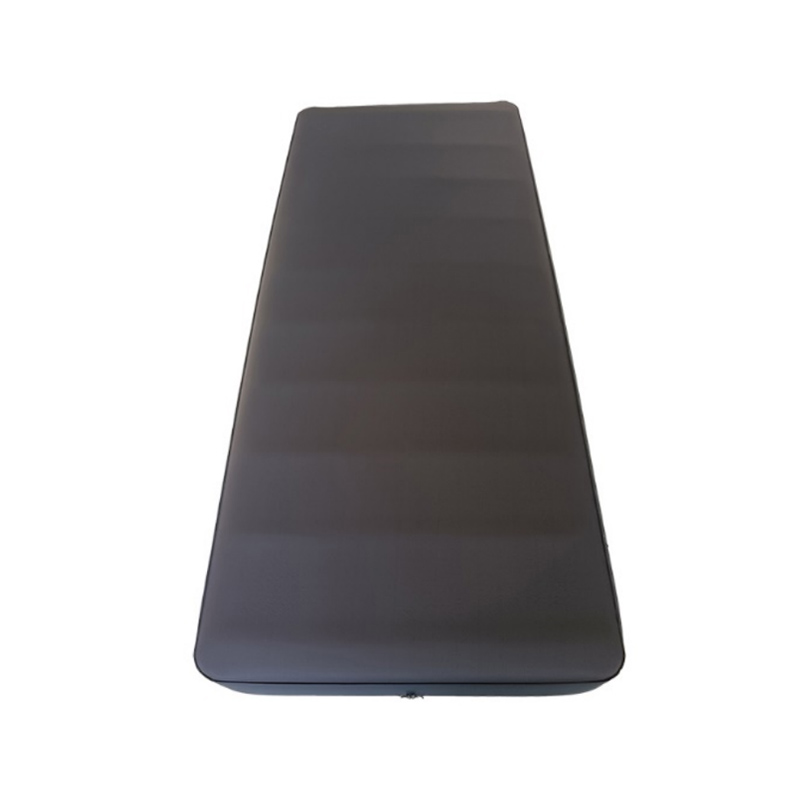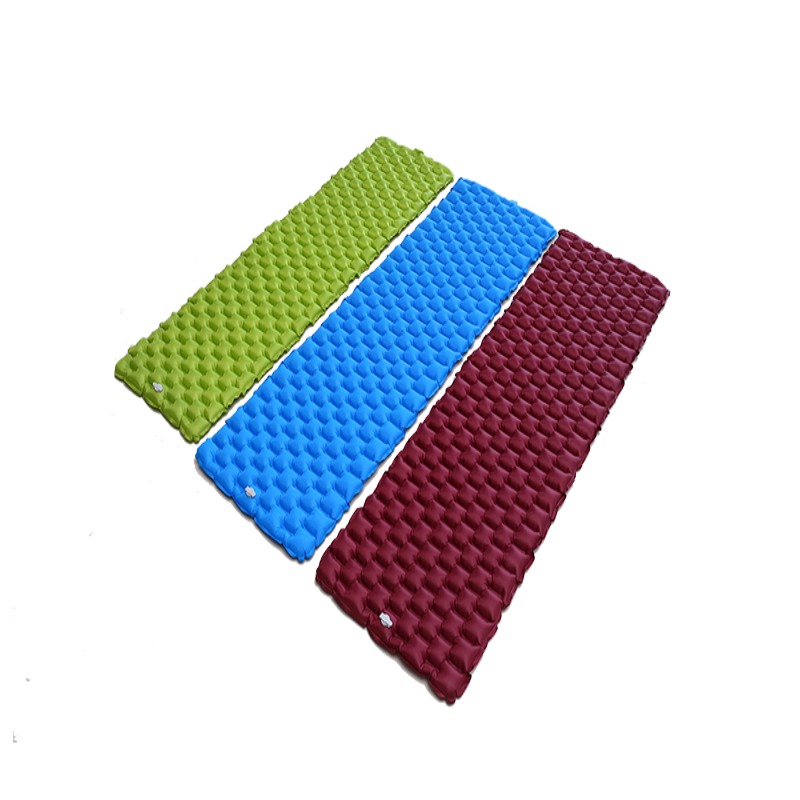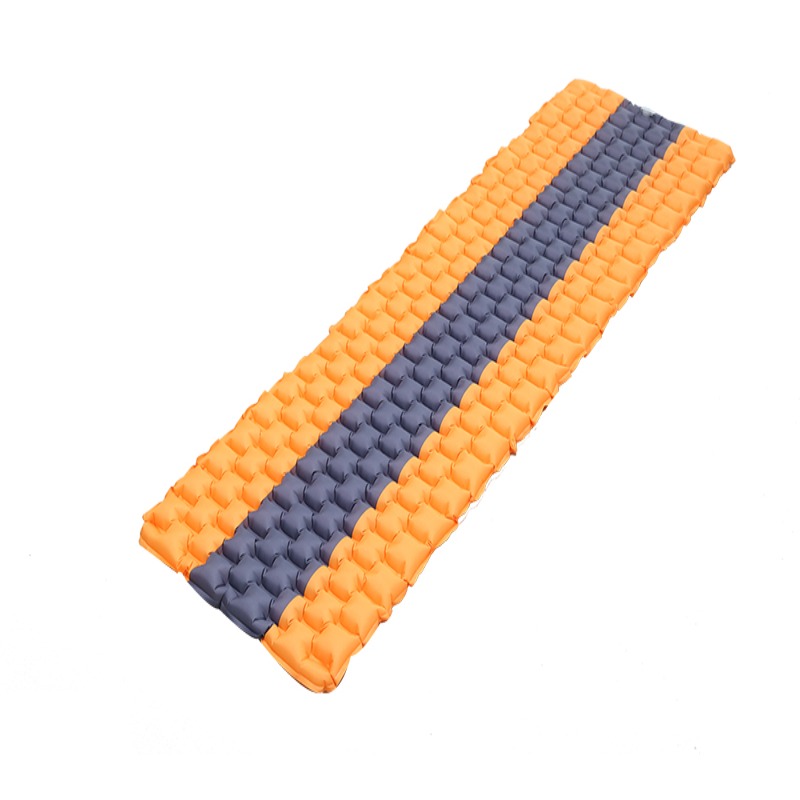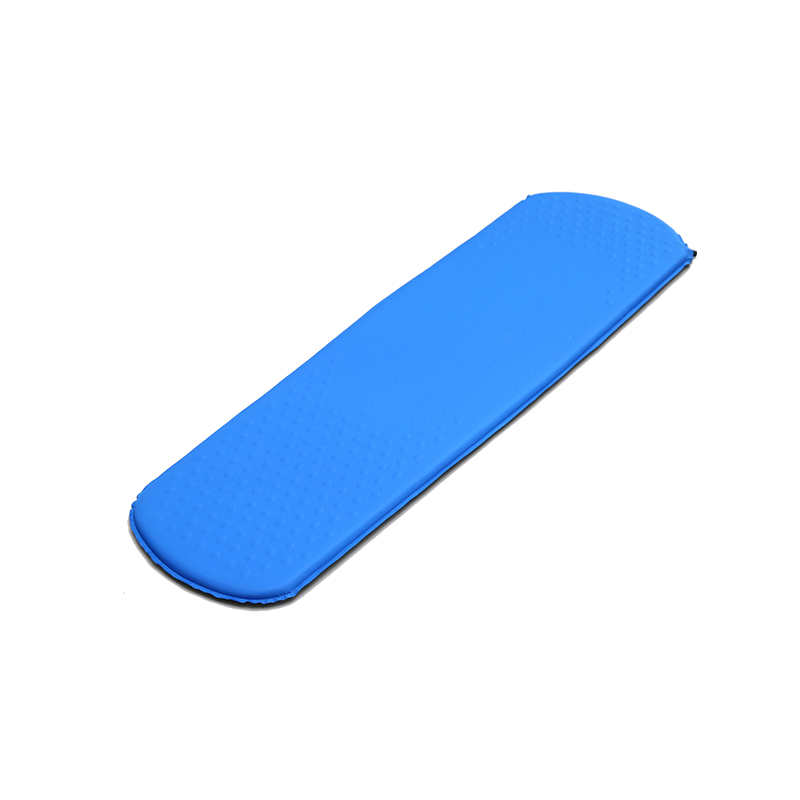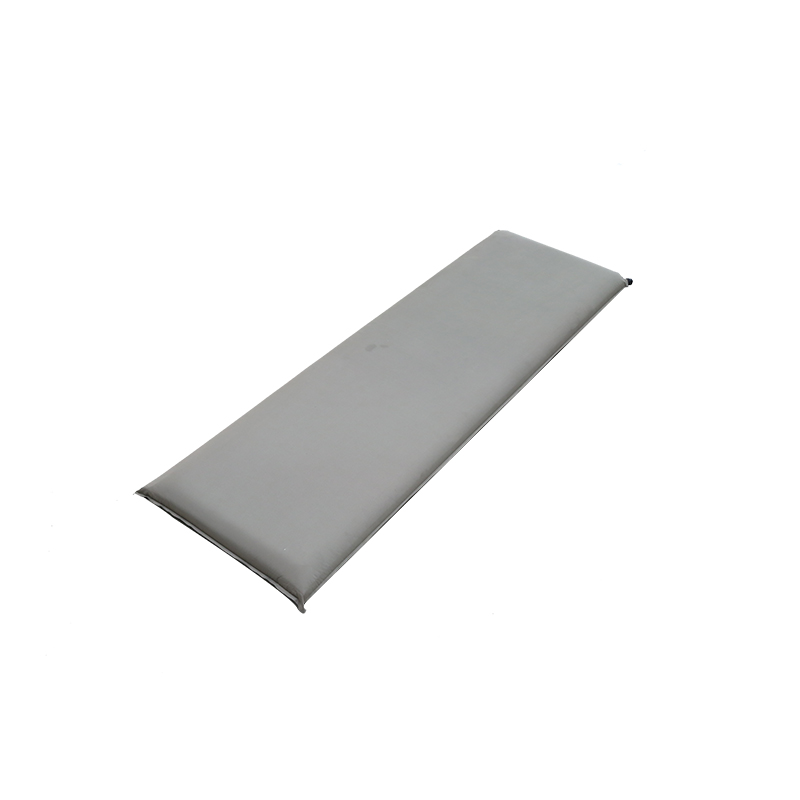When encountering an accident, you should be bold, careful and responsible, prioritize and decisively implement first-aid methods; deal with critically ill patients, and then deal with patients with less serious illnesses. In the same patient, treat life first, then deal with localities; observe the scene environment, Ensure the safety of yourself and the injured; make full use of the manpower and material resources available at the scene to assist first aid.
Observation before treatment
Before doing specific treatment, observe the whole body of the patient and grasp the surrounding conditions. Determine the cause of the injury, the location of the pain, and the extent of the injury, or bring your ears closer to your breathing. In particular, pay attention to the color of the face, mouth, skin, or confirm trauma, bleeding, consciousness, and breathing, and carefully observe fractures, trauma, and vomiting.
Then, you need to choose a specific treatment method. Especially for the cases of apnea, coma, heavy bleeding, and poisoning, the discoverer should promptly take emergency treatment with or without consciousness, otherwise it will endanger the patient's life. In observing the change of symptoms, emergency treatment should be given according to the first aid method if the symptoms worsen.
On the scene, try to organize rescue and rescue work for the injured. The rescue workers must have a division of labor and cooperation.
Observation post-processing
There are many types of trauma or sudden illnesses that occur during activities, so it is necessary to apply various appropriate first aid methods to deal with them. As for the specific treatment method of the related symptoms, it will be described in detail later. When doing emergency treatment, move the body in the most comfortable way for the patient. If the patient is unconscious, care should be taken to ensure that the airway is unobstructed, and to prevent suffocation caused by vomit. To ensure that breathing is unobstructed, the patient must lie flat. If you hit your head, you should lie down horizontally. If your face is blue, you need to raise your feet. If your face is red, you need to raise your head slightly.
After processing
Before the emergency treatment is completed and the patient is handed over to the physician, the patient needs to be kept warm to avoid physical exhaustion and worsen the symptoms. Then contact the doctor, ambulance and patient's family.
Patients should, in principle, be transported quietly after adequate handling. The handling method depends on the injury and surrounding conditions. During transportation, patients are very tired, take appropriate and regular rest, and pay attention to the patient's condition at any time. The rescue time at the scene is urgent. For the treatment of the critically ill, one should abide by the principle of first aid, and the other should grasp the key points and quickly check the patients according to the following steps.
First aid position
The patient's position should be "lying on a hard surface". If the patient is lying prone or sideways, he should be turned to supine if possible, and placed on a hard surface, such as a wooden bed, a floor or a back pad, so that the heart compression can be effective. Do not lie the patient on a supine object, such as a sofa or a spring bed, as it will directly affect the effect of chest chest compression. Take care to protect your head and neck.
Method of turning over: the rescuer first kneels on the shoulder and neck of the patient, straightens both upper limbs toward the head, and then places the lower leg from the rescuer on the proximal leg, with the legs crossed, and then Use one hand to support the patient's back head and neck, and the other hand to support the patient's distal axilla, so that the head, neck, shoulders and torso are turned into a supine position at the same time. Finally, the arms are restored. Back to the sides.
Open airway
The rescuer untied the collar, tie, and scarf of the patient, and at the same time quickly removed the mud, clods, sputum, and vomit from the patient's mouth and nose to facilitate the unobstructed airway. The respiratory tract is the only way for gas to enter and exit the lungs. Due to the loss of consciousness, the tongue muscles relax, the tongue root falls, and the epiglottis falls, and the head leans forward causing the throat airway to be blocked. The method of raising the head to lift the mandible can lift the throat wall back to widen the airway, so that the airway is opened and breathing can be unobstructed. The rescuer placed one hand on the patient's forehead and pressed down to tilt his head back, and the index and middle fingers of the other hand were placed under the mandible near the crotch, raising the crotch forward to help the head recline. The head is tilted to the right, and the line between the jaw angle and the earlobe is perpendicular to the ground. The baby's head can be tilted back slightly.
Note that the removal of foreign bodies in the oral cavity should not take too much time. The entire process of opening the airway must be completed within 3-5 seconds, and the airway must be kept open during the entire process of cardiopulmonary resuscitation.

 简体中文
简体中文 English
English 日本語
日本語 Español
Español Deutsch
Deutsch